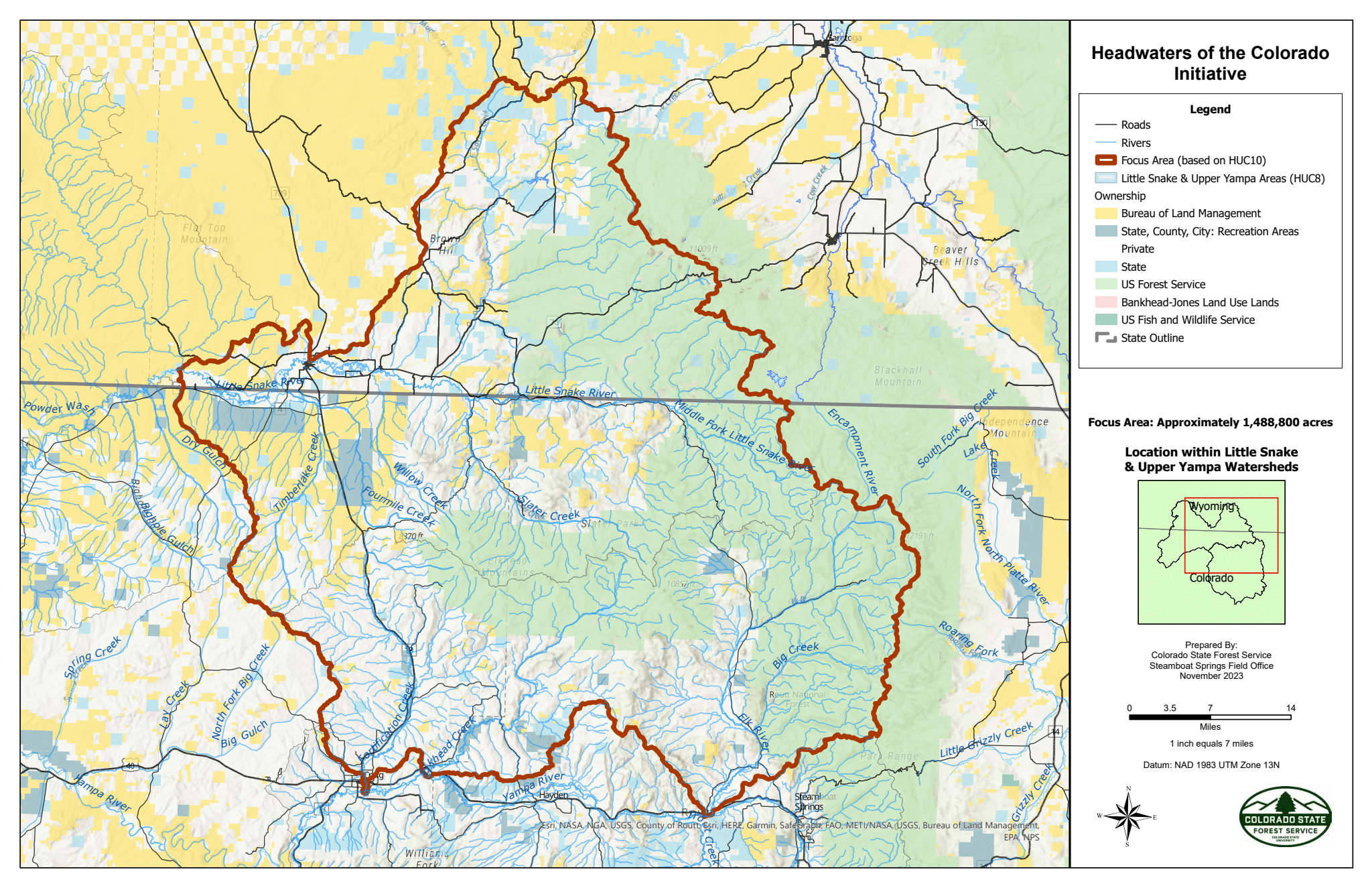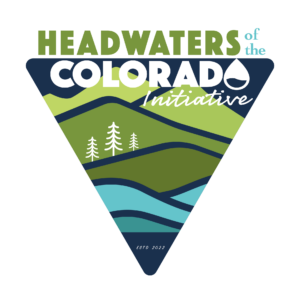WHAT THE HOC IS ALL ABOUT
MISSION
Create a resilient and functioning forested headwaters within the landscapes of the Little Snake and Yampa Rivers of Wyoming and Colorado through science-based ecosystem planning, coordinated partnerships, focused funding, and collaboration across all lands.
WHAT THE HOC IS LOOKING FOR
VISION
Demonstrate landscape resilience within dynamic conditions through a fully functioning high-altitude forest in the headwaters of the Colorado River that benefits local communities, ecosystems, and economies.
Recent News
Remembering Pat O'Toole
"Headwaters of the Colorado partners, supporters, and community members across the West mourn the loss of Pat O'Toole who passed away on February 25th, 2024.
Pat's larger than life optimism had a tangible effect on all who met or worked with him and his enthusiasm for agriculture, healthy ecosystems, rivers, and conservation has left all of us a better world to live in. As a self-described "maniac with a mission," Pat never met a challenge that was not waiting to be overcome. His optimism, perseverance, and passionate engagement will not be forgotten.
The Headwaters of the Colorado Initiative is the culmination of a long-held dream of Pat's and without his work it would not be where it is today. We will continue to mourn Pat's passing but will take the lessons he taught us and continue to work for a better world so another six generations and more can continue to live and work in natural places within the lands of the Little Snake and Yampa Rivers." - Jonathan Bowler, Headwaters of the Colorado Coordinator

A collaborative endeavor to improve forest, range and watershed function across jurisdictional lines in the Little Snake and Yampa River drainages.
The Landscape
The headwaters of the Upper Colorado River Basin
Located at the headwaters of the Upper Colorado River Basin, the HOC geography includes the Upper Yampa River and its tributary the Little Snake River in Wyoming and Colorado, including the Medicine Bow-Routt National Forest. Restoration and management efforts in this rural area are focused in a 1.4-million-acre area within the watershed.
The Issues
Address the drivers of ecosystem change
As a primary source of the headwaters of the Colorado River Basin, the HOC is uniquely positioned to address the drivers of ecosystem change. Specifically, this watershed is severely impacted by ecological and social challenges, including but not limited to: 1) complex shifts in basin-wide hydrology due to warming temperatures and reduced snowpack; 2) historic fire suppression policies, increased mortality from insect and disease outbreaks, and the potential for large, high-severity wildfires; and 3) diverse values and demands across multiple sectors on natural resources.
How We Work
Goals
Proactively address ecological and social stressors driving ecosystem change to achieve the following goals:
Increase water storage and supply, and water quality;
Increase agricultural production, including agro-forestry;
Improve and maintain forest health and sequester carbon;
Decrease the threat of catastrophic wildfire;
Protect communities & infrastructure; and
Improve wildlife habitat and fisheries and increase biodiversity.
Objectives
- Enhance headwater resources through partnerships, restoration, and management across boundaries;
- Scale up forest and rangeland management;
- Integrate forest productivity with biodiversity conservation;
- Support community-based sustainable forest products and related resource-based economies;
- Producing renewable energy feedstocks; and
- Enable economically viable rural communities to thrive.
Who is involved?
A unique group of private landowners, public lands managers, local governments, resource experts, businesses, conservation districts, research institutions, and non-profit organizations have come together to address these issues and scale up restoration and management of the HOC. The conservation and protection of this unique resource involves multiple public and private entities, private and public land use decisions, and agency and agricultural practices and policies in two states. All are welcome!
Members of the HOC include:
United States Forest Service
Bureau of Land Management
Colorado State Forest Service
Wyoming Forestry Division
Senator Michael Bennet’s Office
Wyoming State Legislature
Carbon County, Wyoming
Routt County, Colorado
Moffat County, Colorado
University of Wyoming
Colorado State University
The Nature Conservancy, Wyoming Chapter
National Forest Foundation
Western Landowners Alliance
Yampa Valley Sustainability Council
Little Snake River Conservation District
Savery-Little Snake River Water Conservancy District
Ladder Ranch
Mountain Pine Manufacturing
To get involved or learn more, contact:
©2025 Western Landowners Alliance • PO BOX 27798, Denver, CO 80227 • 505.466.1495
Western Landowners Alliance is a 501 (c)(3) non-profit recognized by the IRS.
Tax ID: 46-1346488
